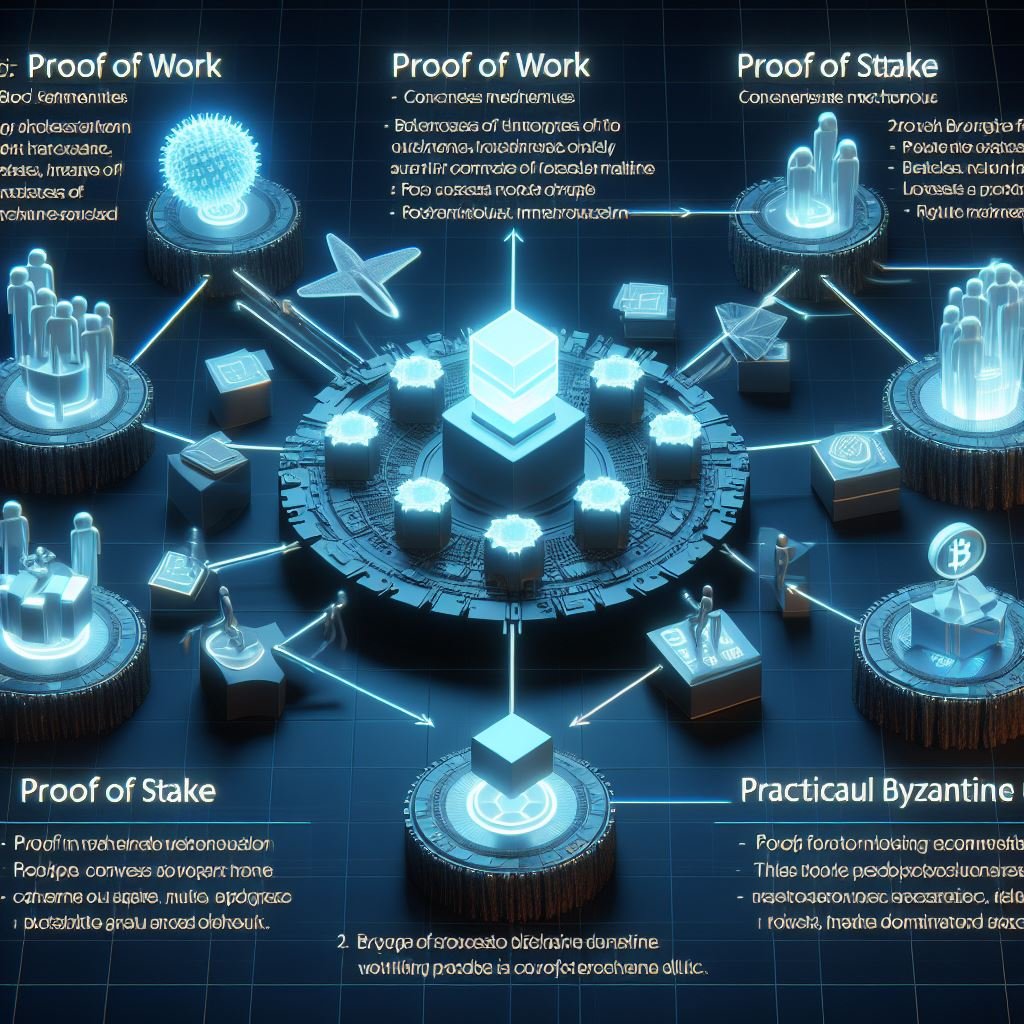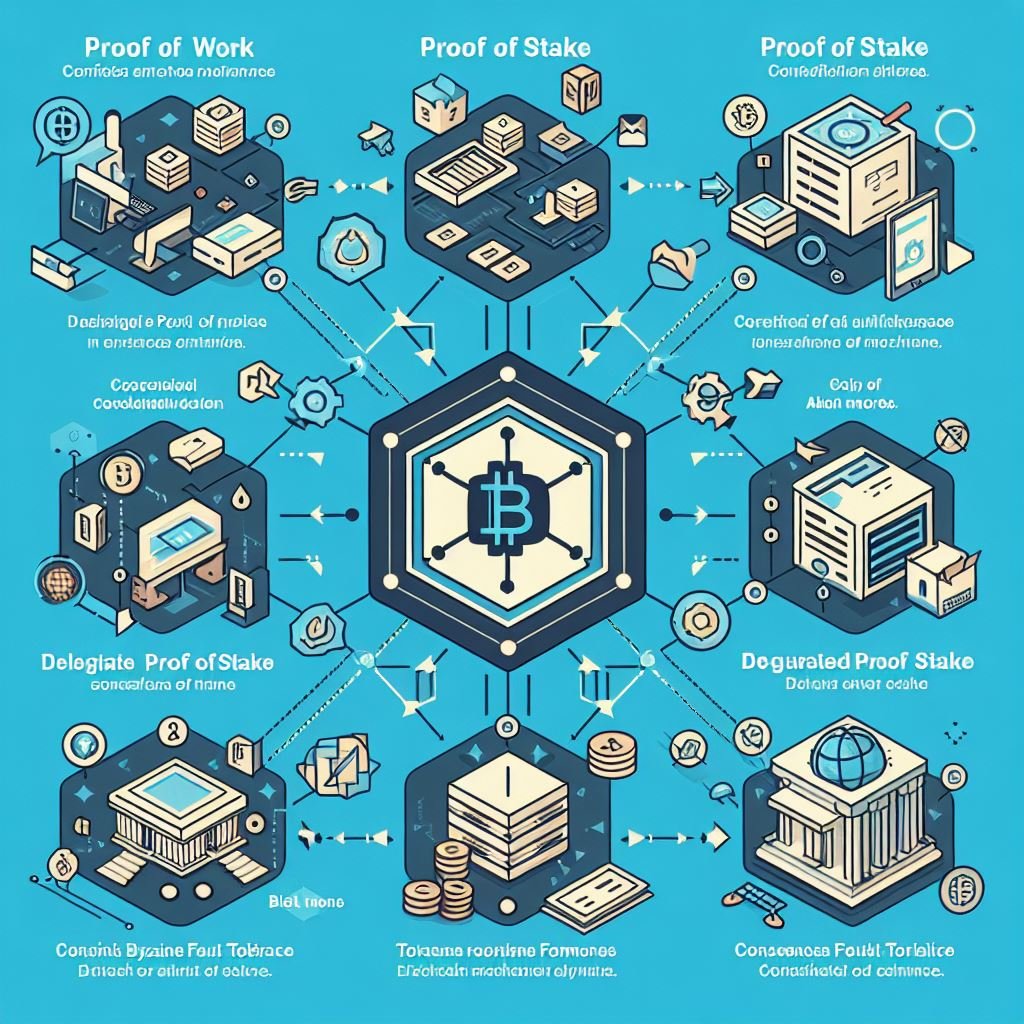Understanding Consensus Mechanism
In the realm of blockchain technology, the term “Consensus Mechanism” refers to the process by which a network agrees on the state of its ledger. This fundamental concept plays a pivotal role in ensuring the security and integrity of decentralized systems.
Types of Consensus Mechanisms
Various consensus mechanism drive the functioning of blockchain networks. Proof of Work (PoW), Proof of Stake (PoS), and Delegated Proof of Stake (DPoS) are prominent examples. Each mechanism brings unique features and addresses specific challenges in the decentralized landscape.
The Evolution of Consensus Mechanisms
Over the years, the consensus mechanism has undergone significant evolution. From the energy-intensive PoW to the more eco-friendly PoS, exploring this evolution provides insights into the continuous efforts to enhance blockchain efficiency.
Security Implications of Consensus Mechanisms
Security is a paramount concern in blockchain, and the choice of consensus mechanism directly impacts the network’s robustness. Understanding how different mechanism mitigate risks and ensure the integrity of transactions is crucial for blockchain enthusiasts and developers alike.
Consensus Mechanism in Practical Applications
Beyond theory, consensus mechanism find application in various industries. From finance to supply chain management, exploring real-world use cases sheds light on the practicality and adaptability of different consensus mechanisms.
Challenges and Innovations in Consensus Mechanisms
As the blockchain space evolves, challenges and innovation in consensus mechanism emerge. Scalability, energy efficiency, and governance are persistent hurdles that drive ongoing research and development in this dynamic field.
Future Trends in Consensus Mechanisms
Anticipating the future of consensus mechanism involves predicting trends that could reshape the blockchain landscape. From hybrid models to novel approaches, staying informed about emerging technologies is crucial for stakeholders in the blockchain ecosystem.
The Relationship Between AI and Consensus Mechanisms
Artificial Intelligence (AI) plays a significant role in enhancing the efficiency and security of consensus mechanism. This section explores how AI technologies contribute to optimizing consensus protocols and addressing the challenges faced by blockchain networks.
Comparative Analysis of Consensus Mechanisms
A detailed comparison of popular consensus mechanism provides valuable insights for decision-makers. Evaluating factors such as transaction speed, energy consumption, and decentralization levels helps stakeholders make informed choices for their specific use cases.
AI in Consensus Mechanisms
| Use Case | Description |
|---|---|
| Predictive Analytics | AI algorithms can analyze historical data to predict network behavior, aiding in consensus protocol optimization. |
| Anomaly Detection | AI-powered anomaly detection enhances security by identifying and mitigating unusual patterns or potential threats. |
| Automated Governance | Smart contracts and AI-driven governance models streamline decision-making processes within decentralized networks. |
| Dynamic Protocol Adjustments | AI can dynamically adjust consensus protocols based on network conditions, improving adaptability and performance. |
| Network Optimization | AI algorithms optimize network parameters, enhancing scalability and reducing latency in consensus mechanism. |
Conclusion
In conclusion, consensus mechanisms stand as the foundational pillars of trust and security within blockchain technology. As the decentralized nature of blockchain relies on consensus to validate transactions and maintain a transparent, immutable ledger, these distributed play a pivotal role in ensuring the integrity of the entire system.




